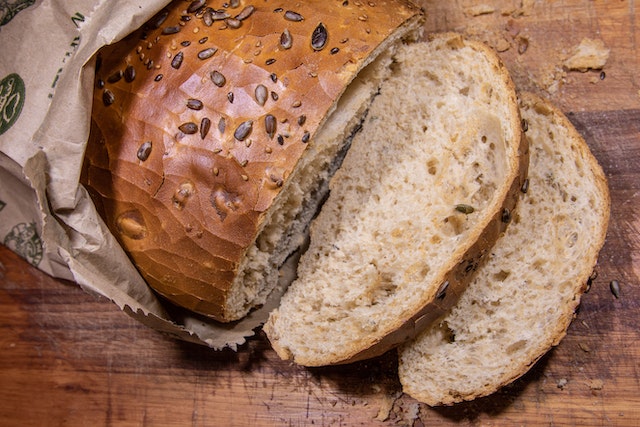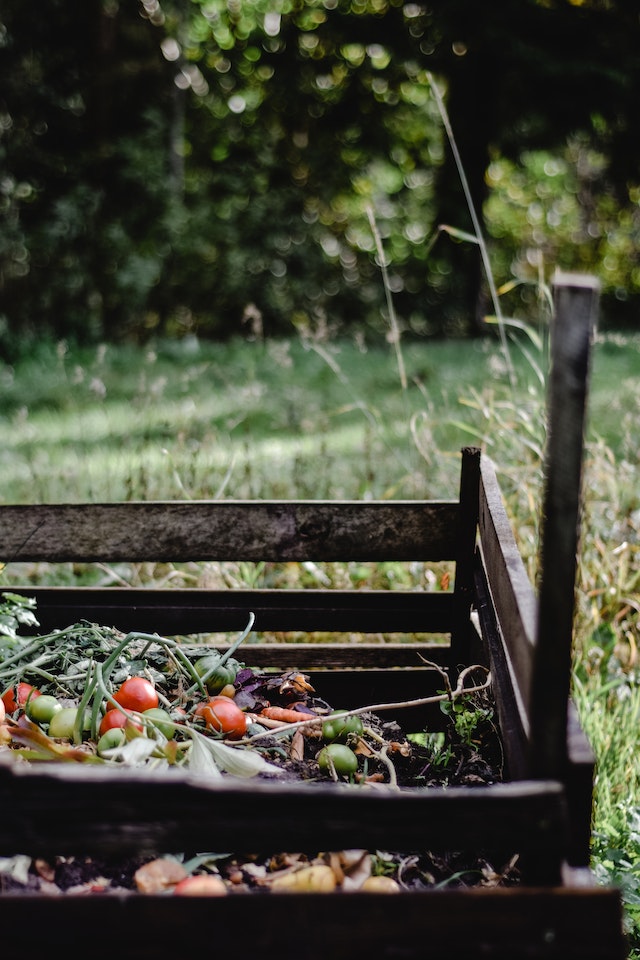It’s Earth Month, so it’s a great time to incorporate sustainable habits into your daily life. Here are six more activities to inspire you to make a change this month.
Pack a “Go Bag”
Pack a kit full of reusables for when you’re out of the house. This can include some cutlery and cloth napkins, a few empty bags for future purchases, a water bottle or travel mug, and a small container full of snacks to help you avoid buying prepackaged foods throughout the day. Everyone’s “go bag” looks different depending on their needs, so think about what other items would make sense for your particular lifestyle. Consider your day; think about where you feel you can reasonably reduce waste and work from there. It doesn’t need to be perfect to be effective. And don’t forget the most important element of the “go bag”: a way to make a habit of taking it wherever you may need it.

Support the Secondhand Market
Try to buy fewer items new and more items used. I suggest you start a secondhand wish list. We all have items we would like but don’t necessarily need (at least not right away). For those items, put them onto a list and check thrift shops or websites for them whenever is convenient. This way, you’ll reduce the urge to buy items new and save some money in the process. You can find clothing, decor, art, furniture, and technology all secondhand, among other things. Whether you shop at a thrift store, consignment shop, online retailer, or a neighborhood swap, you’ll enjoy the thrill of finding what you need secondhand.
You could also attend or organize an item swap of some sort in your community. If you have children, consider hosting a swap of outgrown clothes, books, toys, or art supplies. For friends who wear similar clothing sizes, host an evening party where you all swap clothes and enjoy snacks or a bottle of locally produced wine. Donate whatever isn’t claimed at the end of the event.

Conserve water
Think about ways you can use less water in your home. Teach children to always turn off the sink when brushing teeth, encourage shorter showers, and plant native plants in your green space rather than water intensive options. Install rain barrels if you have gutters around your roof and run your washing machine or dishwasher only when you have full loads (this will also save electricity). Install low flow shower heads, make sure there are aerators on all your facets, and check for leaks in your plumbing at least twice per year. Do what works for you.

Conserve Electricity
Turn lights off when you leave a room, and switch all of your lightbulbs to energy efficient bulbs. If your appliances are old, see if you can upgrade to more energy efficient options. There are many tax incentives for homeowners to invest in energy efficient appliances, so see if you qualify for assistance. Also, make sure your home is properly insulated; seal cracks around windows and doors to reduce heating and cooling needs. Lastly, clean your appliances seasonally to make sure they run as efficiently as possible.

Reduce Food Waste
Buy food `that would otherwise go to waste and commit to using it. Get a loaf of day old bread from the bakery and make half of it into croutons. Buy single bananas at the store since those are less likely to be purchased. Bring home the misshapen potatoes or the crooked carrots, they taste just as good as their pretty counterparts. And grab the wilted kale if you think you will be able to eat it quickly (check out this post for tips on how to use/revive your produce)
You can also cook using food scraps/waste. Rethink your vegetable peels, onion tops, beet greens, etc. Look at what parts of your food are going to waste and research how to utilize those items. Animal bones can be boiled into a nourishing broth and frozen for later. Herbs can be dried or topped with oil and frozen in an ice cube tray. Each item you use means you will need fewer items throughout the year, and with food prices on the rise that is a blessing for your wallet as well as the planet.
And don’t forget to eat your leftovers!

Start Composting
Start composting, either at home or by connecting with a neighbor. Waste happens, but that doesn’t mean it needs to go into the landfill. Whether you forgot about some celery in the back of the fridge, you need to remove dead tree branches from your yard, or you’re just looking for a better place to put your avocado pits, that organic matter can be turned into nutrient rich soil. Composting has never been easier, with many municipal composting options, backyard options, community options, and even countertop options available. Composting not only limits the production of methane being emitted from organic material going into a landfill, but the nutrient rich soil from composting also improves overall soil quality and water retention capabilities, and acts as a carbon sink for our planet. I’d call that a win all around.

Be sure to check out my previous post with another 6 activities to do this Earth Month. Remember, all of our small efforts add up to meaningful change.
Happy Earth Month, my friends.